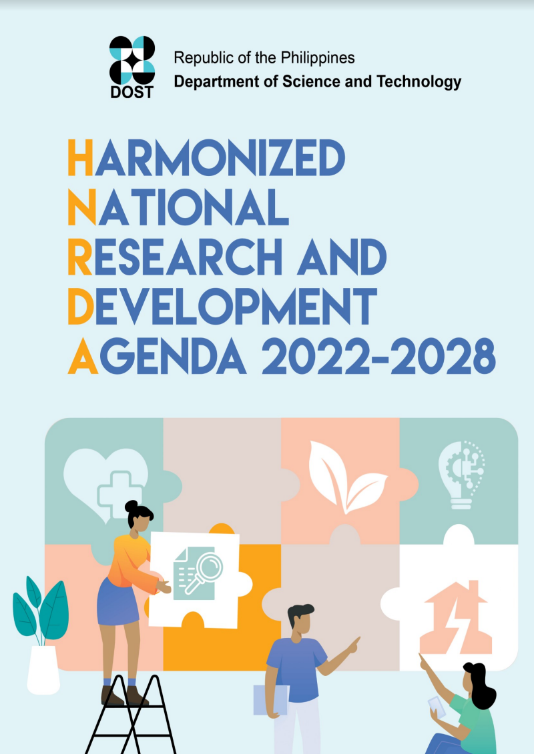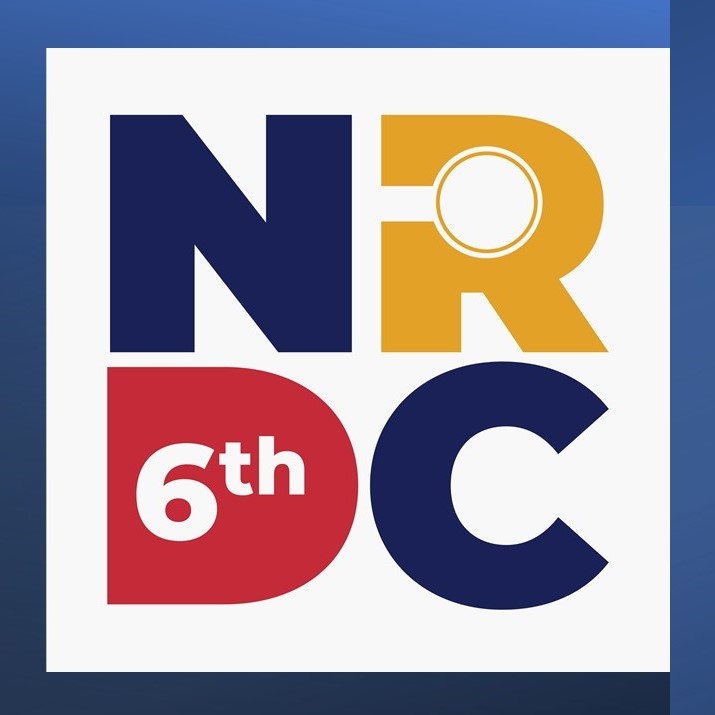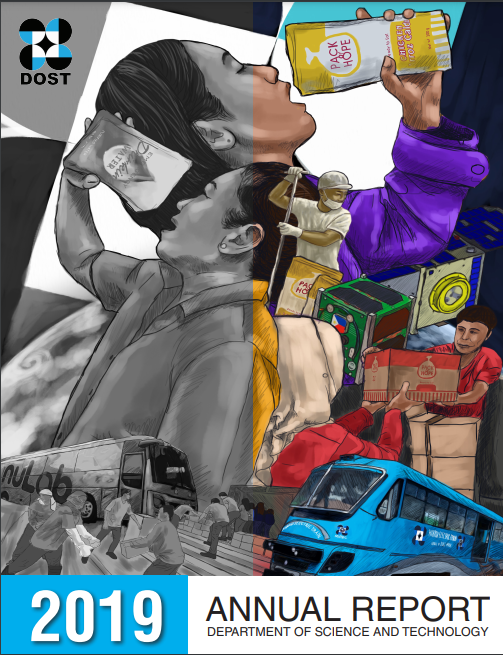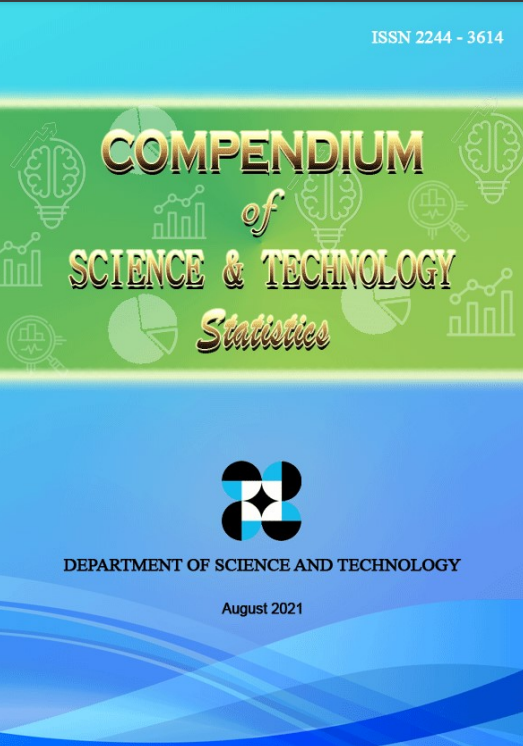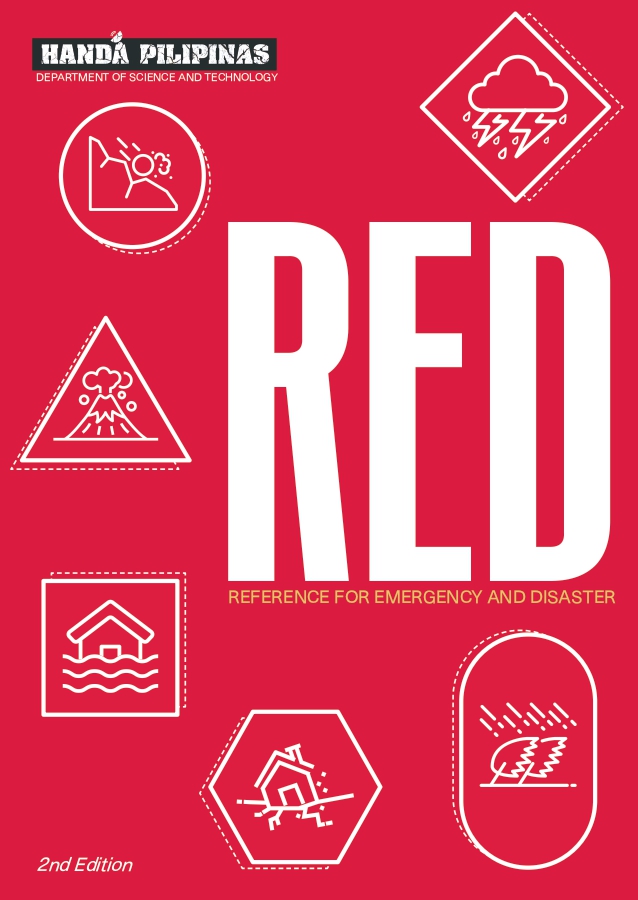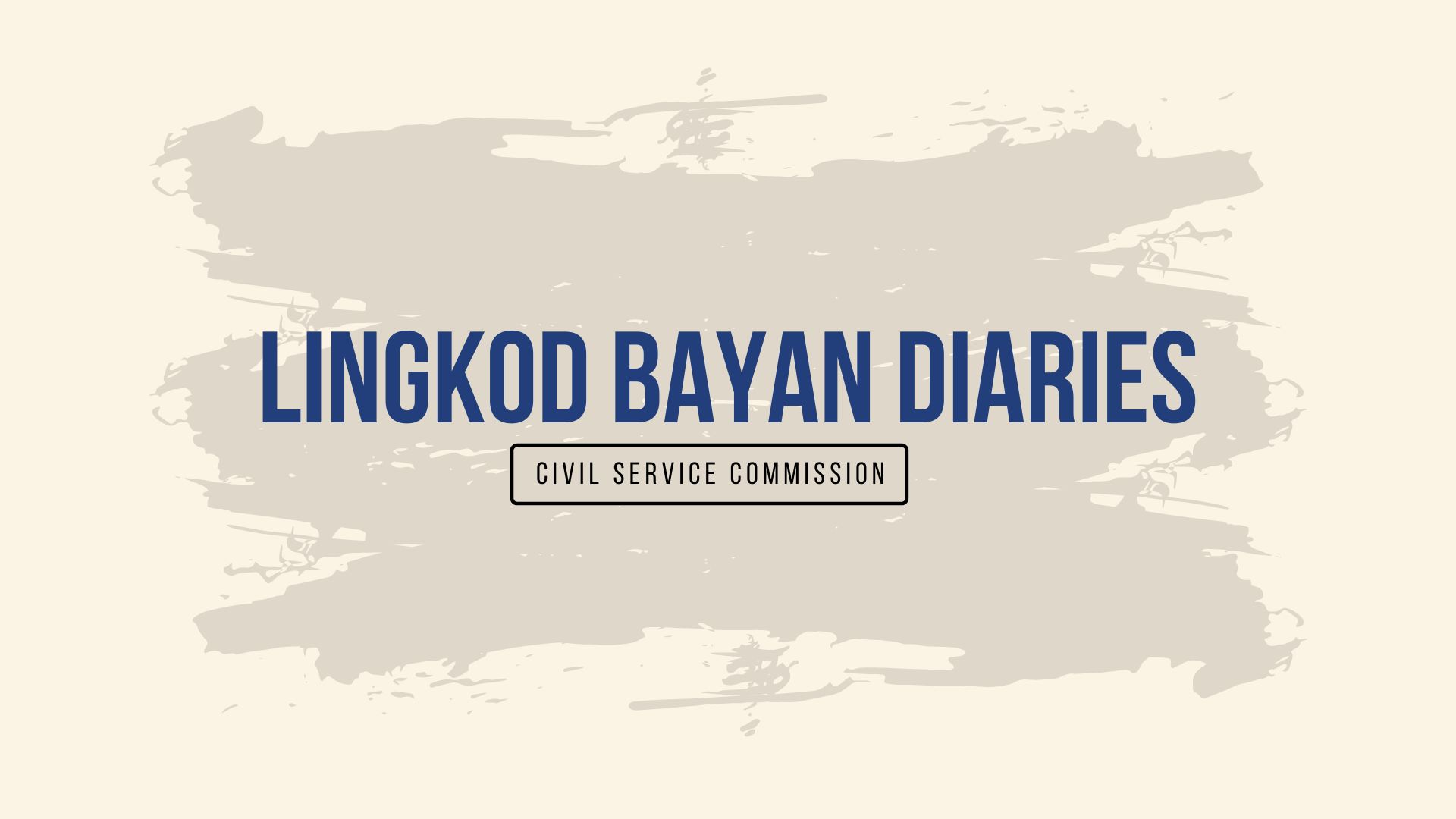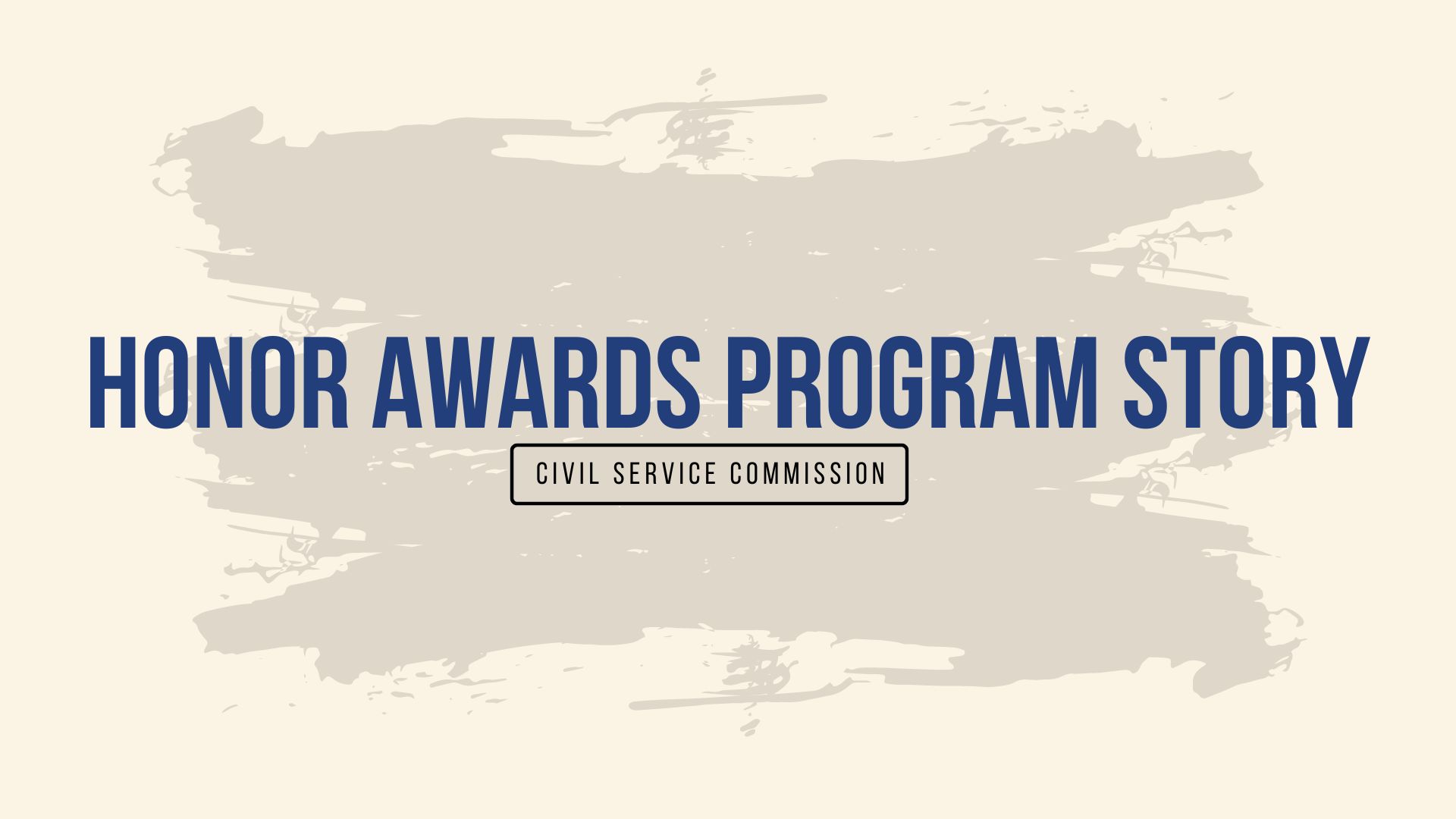DOST’s DATBED program to help youth start tech-based biz
- Details
- Hits: 6400
Students, young professionals, and out-of-school youths planning to put up technology-based enterprises may avail of assistance from the Department of Science and Technology’s Technology Application and Promotion institute (DOST-TAPI) through their schools or non-government organizations (NGOs).
In a technical forum held last July 31 during the recently concluded 2013 Regional Invention Contest and Exhibits for the National Capital Region (NCR) at the Technological Institute of the Philippines in Quezon City, Engr. Arman Bionat, assistant regional director for DOST-NCR’s technical operations division, disclosed that TAPI’s DOST Academe Technology-Based Enterprise Development (DATBED) Program will help get them started in their business ventures.
A project under DOST’s Small Enterprise Technology Upgrading Program (SET-UP), DATBED provides assistance through funding, training initiatives, and access to facilities and the latest technologies. At the same time, DATBED also develops income-generating projects for the school or the NGO with which the aspiring technopreneur is connected.
Engr. Bionat revealed that one of DATBED’s objectives is to “stimulate the development of an entrepreneurial curriculum and technology business incubation (TBI) among participating schools/ organizations” in its mission to produce more employers among the Filipino youth. TBI is a concept that refers to support programs for the successful establishment and growth of technology-based businesses.
To become a DATBED beneficiary, the school must have science and technology courses and entrepreneurship development programs in its curriculum, as well as a student-faculty ratio of 25:1 at the most in these courses, among other qualifications. On the other hand, an NGO should be registered with the Securities and Exchange Commission or the Cooperative Development Authority and should have existing or completed some youth development programs or activities, among others
The school or NGO will perform the screening and selection of their student recipients for DATBED.
The first stage under the DATBED program covers a period of three years during which training in enterprise development is provided, as well as financial assistance and technology transfer. In the second stage, financial assistance is extended for the full commercialization of the enterprise.
Financial assistance will cover both operating expenses of the startup enterprise and capability upgrading cost for expansion projects. The DOST-NCR official added that different financing schemes are available.
Some of TAPI’s successful DATBED-assisted projects are those involving broiler production using lagundi as a source of antibiotics, hydroponics, 3-in-1 instant cacao beverage, enterprise development and market testing of pili-based coffee, production and marketing of pili chocolait, vegetarian bakeshop, fish sausage, and White Tang Fish Tapa production.
According to Engr. Bionat, they receive around 20-30 student applicants for DATBED assistance every schoolyear. “There may be four or five students in a project. Sometimes too, a single school will approach us for assistance for more than one project – sometimes for more than four projects,” he said.
The DOST-NCR official also mentioned that technopreneurship involves high technology and low technology businesses. He cited ICT, electronics, biotechnology, service businesses such as e-learning, and cloud computing as among the high technology ventures while organic farming, organic production of livestock and new food recipes are among the low technology ventures.
For more information on DATBED, please call TAPI’s Technology Commercialization Division at 837-2071 to 82 loc. 2158/2165 or (632) 837-6186 or visit the DOST Regional Office.
Creativity’s many facets unlocked in DOST’s invention forum
- Details
- Hits: 13726
Before inventing something, take a look at what is currently available. Note both the positive and negative aspects. Then spot whatever is interesting about these inventions and improve on it.
This was the message of Dr. George M. Colorado, invention development division manager of the Department of Science and Technology’s Technology Application and Promotion Institute (DOST-TAPI) during the technical forum on “Creativity in Invention Development” last August 1, 2013 at the Technological Institute of the Philippines (TIP) in Quezon City.
Held as one of the activities during the DOST- National Capital Region 2013 Regional Invention Contest and Exhibits, the forum raised the awareness of students and professional researchers and inventors alike on the importance of creativity in the invention process. It also gave them pointers on how to be more creative while driving home the idea that “the purpose of technology or innovation is to solve a problem.”
“The natural process of thinking can be influenced to see what the problem is, and what the solution to that problem is,” Dr. Colorado revealed to the audience inside the full-packed Seminar Room of TIP’s Building 1.
Reminding the audience that a mere change of material is not inventive, the speaker, who pleased the crowd with his humorous, witty remarks and examples, explained that as far as inventing new technology is concerned, there is a natural evolution of development which takes place during actual usage of the technology.
Citing the chair as an example, Dr. Colorado narrated how it started as a mere bench and then improved into a soft chair. Later, it was built with armrests because people realized they needed something on which to place their arms. It further evolved into one with a backrest because people realized it had to have something for their backs to lean on.
If the inventor is able to create technology that skips through these evolutionary stages or jumps through several of these phases, said Dr. Colorado, that would be an inventive invention. “But you will be able to do this if you think in a creative manner,” he declared.
Citing perceptive thinking as one of the many qualities of creativity, he said that the inventor should constantly ask himself what will happen next if he develops something in particular. “Consequences and sequels should be considered,” he stressed.
The TAPI official also reminded the budding inventors to get other people’s opinions. “Ask your target clients what they want. And then you have a set of priorities that you can now integrate into the product,” he said.
The other qualities of creativity mentioned in the lecture were sensitivity, originality, flexibility or the capability to adjust to a new development, ability to combine ideas, analytical thinking, ability to simplify, being energetic, having broad knowledge and interests, and being open to new experiences, among others.
Dr. Colorado however emphasized that the human mind must be trained to assimilate these qualities, since some of these factors may actually be influenced. “There are environments which are not friendly to creativity,” he explained.
Lastly, Dr. Colorado advised the newbie and professional inventors to continue gaining knowledge. “The fastest way to learn is to go to an expert and learn from him,” he remarked to the crowd which was mostly made up of students whose attention was glued to the very engaging talk.




During the Technical Forum on “Creativity in Invention Development,” Dr. George M. Colorado, division manager for invention development of the Department of Science and Technology’s Technology Application and Promotion Institute, urged neophyte and professional inventors to create solutions to problems by improving on existing technologies. The forum was one of the activities during the 2013 Regional Invention Contest and Exhibits for the National Capital Region held at the Technological Institute of the Philippines in Quezon City. Photos above show some of the entries in the competition. Bottom photo shows the winning entry for the SIBOL Creative Research-High School Category by students from Batasan Hills National High School. Titled “Difunctional Shoe,” the invention aims to solve children’s health problems caused by flooding via a protective jacket inserted into the shoe. Made of polyphenol, the jacket is durable, water-resistant, and can cover almost the entire leg of a child. (Text by Angelica A. de Leon/ Photos by Gerry Palad and Henry A. de Leon, S & T Media Service, DOST-STII)
Lean Startup method shortens startup biz way to success
- Details
- Hits: 3930
“Build your own business empire and change the world,” Arup Maity, director of information and research at the Philippine Software Industry Association (PSIA), exhorted the audience in his presentation on the Lean Startup Methodology during the “Startup Forum” held recently in one of the track sessions staged for the Department of Science and Technology’s (DOST) Expo Science 2013 at SMX Convention Center in Pasay City.
The Lean Startup Methodology is different from traditional business startup plans as it seeks to increase value producing practices during product development phase and shun wasteful ones such as sourcing for outside funding and developing elaborate business plans. Through this methodology, startups can shorten their product development cycles and achieve greater success.
This new methodology is one of the most anticipated business methodologies in Silicon Valley. It was also one of the most transformative topics discussed during the forum which gave an overview of starting a business via online media.
How does it work?
The methodology requires customer feedback during product development which is integral to the lean startup process. This step ensures that the business owner does not invest time designing features or services that consumers do not want.
Likewise, it pushes web-based or tech-related startups away from the ideology of their dot-com era predecessors in order to achieve cost-effective production by building a minimal product and gauging customer feedback.
For example, a startup owner should not engage in a six-month marketing campaign on Facebook and Twitter. Instead, it should dedicate a small budget to two-week experiments in which he will pick possible branding images and develop different ads using these images. Within two weeks, experiment results should be looked into in order to determine which ads send the most traffic to the site and which result to actual sales.
Once a technopreneur gathers this information, he can move into the third lean-startup stage, which is agile development or the process of gradually improving a product or service in response to customer feedback.
In this stage, the technopreneur will undertake re-testing involving the branding images used in the ads with positive outcomes. By doing this, he can adjust, refocus and find the marketing channels and messages that work best for their brand.
The Lean Startup Methodology was originally developed in 2008 by Eric Ries with high-tech companies in mind. It has since been expanded to apply to any individual, team, or company looking to introduce new products or services into the market. Ries' bestselling book, The Lean Startup: How Today's Entrepreneurs Use Continuous Innovation to Create Radically Successful Businesses played a large part in the popularity of the lean start-up concept in Silicon Valley.
“Startup Forum” was part of the activities for Expo Science 2013 or the National Science and Technology Week organized by the Information and Communication Technology Office of DOST. With the theme “Science, Technology and Innovation: The Road to a Smarter Philippines,” Expo Science 2013 ran from July 23-27, 2013 and showcased the different DOST-developed top-flight technologies and projects that provide solutions to pressing national issues including industry competitiveness and employment.
DOST, DepEd roll out cloud based e-learning project
- Details
- Hits: 8560
Tambubong Elementary School in San Rafael, Bulacan has scaled up its standard of education as the Department of Science and Technology, together with the Department of Education (DepED) and the National Engineering Center of the University of the Philippines, recently led the distribution and installation of computer systems for digitized instructional and learning materials.
The school received 16 cost-efficient thin clients and a server from said institutions. Thin clients are computers or computer programs relying heavily on another computer, usually a server, for usual functions. Said thin clients make the power-consuming and costly CPUs unnecessary, so with the hard disk storage and many peripherals of traditional desktop computers.
In the partnership, DepEd is tasked to provide the content, covering all subjects in the elementary level, particularly those for Grades 5 to 7. This will guide teachers on the conduct of their lectures and exercises.
This is only one of many activities under the Cloud Top Project which aims to reduce the acquisition costs of computer hardware and software by promoting the use of thin clients for educational purposes and government cloud applications such as GovCloud, as sustainable energy solutions.
GovCloud is a private cloud for government agencies and their employees with basic cloud applications such as GovMail (government email), web hosting, and payment gateway applications. Cloud applications or cloud computing is a system where users can store all their files in different applications of the cloud such as email. Google, Yahoo and Hotmail are examples of cloud computing.
“I believe that students would be encouraged and inspired more to study their lessons; as devices like computers could offer them new approach in learning… their curiosity on how to use it (will help), compared with traditional learning materials like textbooks and workbooks.” said Gerardo Olchondra, principal of Tambubong Elementary School.
Alpha Testing was also conducted in Tambubong Elementary School to test the efficiency of the thin clients and the server live within the classroom settings. The testing phase will also continue in several public schools in Luzon including San Roque Elementary School and Sampaloc Elementary School in Bulacan, which will be the next beneficiaries of the thin clients and server. Kamuning Elementary School in Quezon City will serve as test laboratory, given its proximity to the Cloud Top Project Center at University of the Philippines.
Aside from producing and installing the thin clients and servers, Cloud Top Project is also developing long-range Wi-Fi communication equipment for several schools in target areas.
To strengthen implementation of this project, the team is also coordinating with proponents of other government projects, such as TV White Spaces Technology (TVWST), for stronger internet connectivity. TVWST is an equipment that can deliver wide-range and cost-effective internet connectivity in all parts of the country, particularly in local barrios, through unused TV channels.

Cloud Top at work. Selected Grade 6 pupils of Tambubong Elementary School in San Rafael, Bulacan try using the Cloud Top, a collaborative project between the Department of Science and Technology and the Department of Education. Cloud Top consists of thin clients and servers for educational purposes that will minimize the acquisition costs of hardware and software for computers. It will also use government cloud applications for sustainable energy solutions. (Text and Photo by Allan Mauro V. Marfal, S&T Media Service, DOST-STII)













